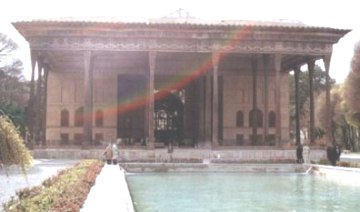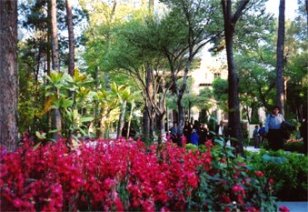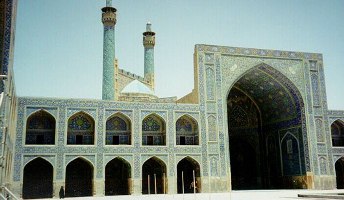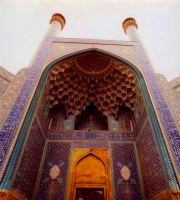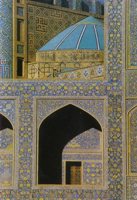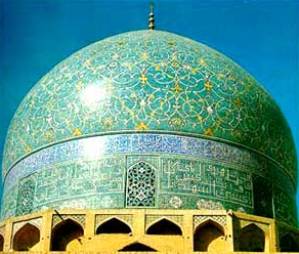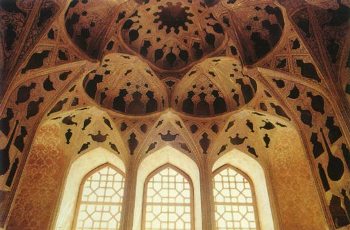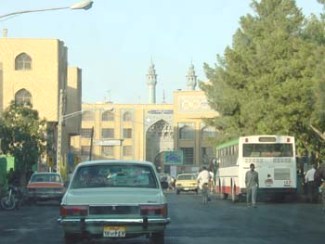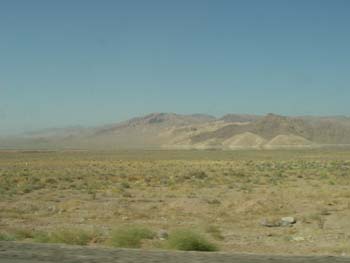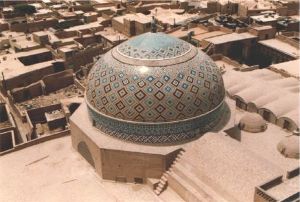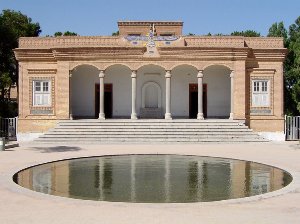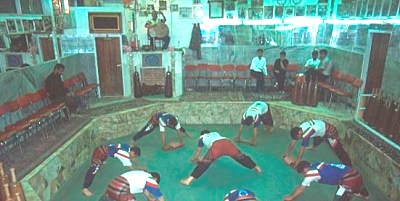|
Eshan came to pick me up at the appointed time and took me to a residential
area of the city. After taking off my shoes I was admitted into the main
room. I was flabbergasted. It looked like a reception hall with at least
20 chairs, some matching sofas, marqueteries tables, crystal chanteliers,
delicately sculpted moulures around the ceiling, Persian carpets with
intricate design, ornamental artifacts finely crafted and an indoor garden,
a real garden, lush and luxuriant! I did not have enough eyes to take it
all.
The family was amused by my reaction. They were obviously well off. I met
everybody. Eshan, very proud and happy, was acting as my interpreter. The
first thing I did was to take off my cloak and my scarf! What a relief! I
had a body and a face again. And so did Eshan's mother and sister, both
very pretty and elegant in their dresses. I also met Mohammed, the youngest
of the three children. His eyes were constantly on me burning with
curiosity.
We had tea, tiny cakes, nuts and a kind of nougat like sweets... Very delicious.
Iranians obviously have a sweet tooth. Then, the mother lay a huge cloth on
the floor and brought plates, cutlery and glasses. We were going to have a
meal at 10h30 at night. The food was delicious, very fresh.
| 
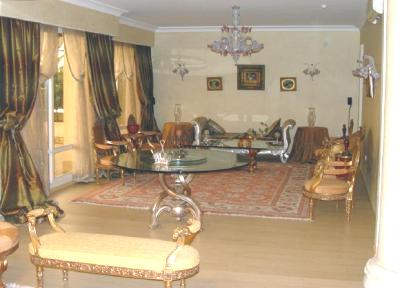 |


